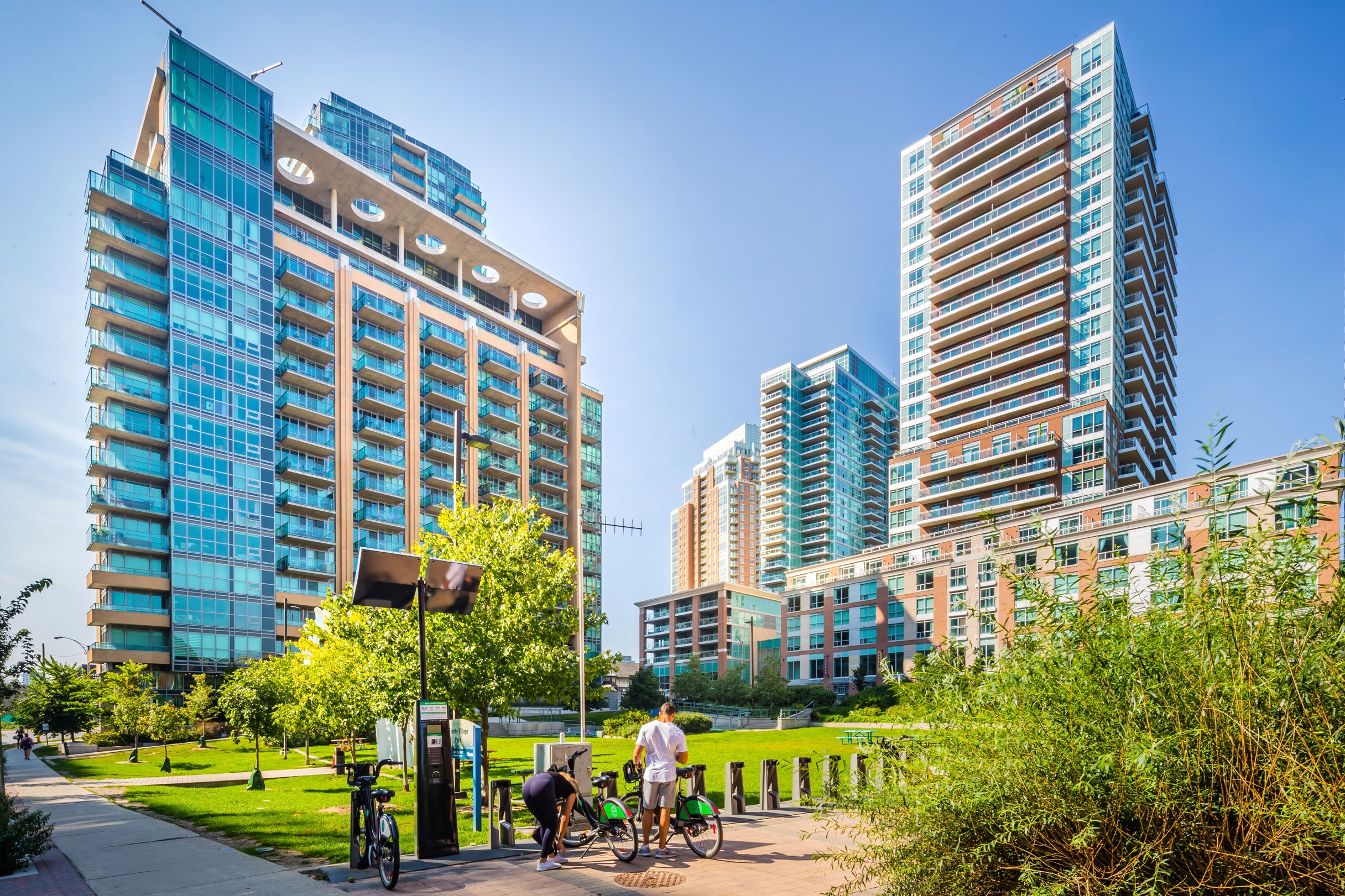
 Most people are aware that today’s Liberty Village is growing at an exponential rate, filling with a wide array of retail, restaurants and condo buildings. Few people are aware of Liberty Village’s colour history. Even fewer people are aware of the historical origins of Liberty Village’s name. The name’s origins may not be as warm and fuzzy as one might suspect.
Most people are aware that today’s Liberty Village is growing at an exponential rate, filling with a wide array of retail, restaurants and condo buildings. Few people are aware of Liberty Village’s colour history. Even fewer people are aware of the historical origins of Liberty Village’s name. The name’s origins may not be as warm and fuzzy as one might suspect.
Liberty Village was once the site of Toronto’s Central Prison and the Andrew Mercer Reformatory for Women. Upon serving out a prison sentence, the freed prisoners would step out into the Village for their first taste of “Liberty”. Hence the name “Liberty Village”.
With allegations of torture, beatings, experimental drugs, and medical procedures, the Reformatory for Women became a controversial and much debated sore spot for the city’s ethically-minded. In early 1969, the reformatory was closed. Today, the site where the old reformatory existed is now the Alan Lamport Stadium. All that remains from the original site is the superintendent’s house at the corner of King Street and Fraser Avenue.
During the late 1800’s, Liberty Village also be

came the epicentre of Toronto’s manufacturing industry. In 1881, John Inglis and Sons opened their Strachan Ave/Hanna Ave facilities to expand their successful business of building machinery for grist and flour mills. In 1902, they discontinued this product line and switched to the manufacturing of marine steam engines and waterworks pumping engines. The Inglis company was a significant contributor towards Toronto’s industrial and cultural progress. Two years later, an American named Major J.E. Hahn, purchased the John Inglis Company and began manufacturing the Bren Light Machine Gun used by British and Canadian infantries during World War II. At its peak, more than 17,800 people were employed at this plant.
When the war ended in 1946, the company began to manufacture consumer products. Fishing tackle, house trailers, oil burner pumps and domestic heaters andstoves were among the diverse products offered. In the same year, John Inglis Co. Limited negotiated with Nineteen Hundred Corporation (later Whirlpool Corporation) to manufacture home laundry products. The wringer washer was introduced in 1946, and in 1950, production of the automatic washer was added. The line of appliances expanded quickly to include electric and gas dryers, and dishwashers. In 1981, the company moved from this site to Mississauga.
By the early 1980’s, industry moved out or closed and the lands become a barren and desolate wasteland. The process began in 1999 to transform the former industrial site into the neighbourhood we all love today.




[…] http://libertyvillagetoronto.com/liberty-village-historical-facts/ […]
My mother was one of the most unfortunate to have been housed in the Mercer Prison which once stood here. View her story at…
MurielWalker.com